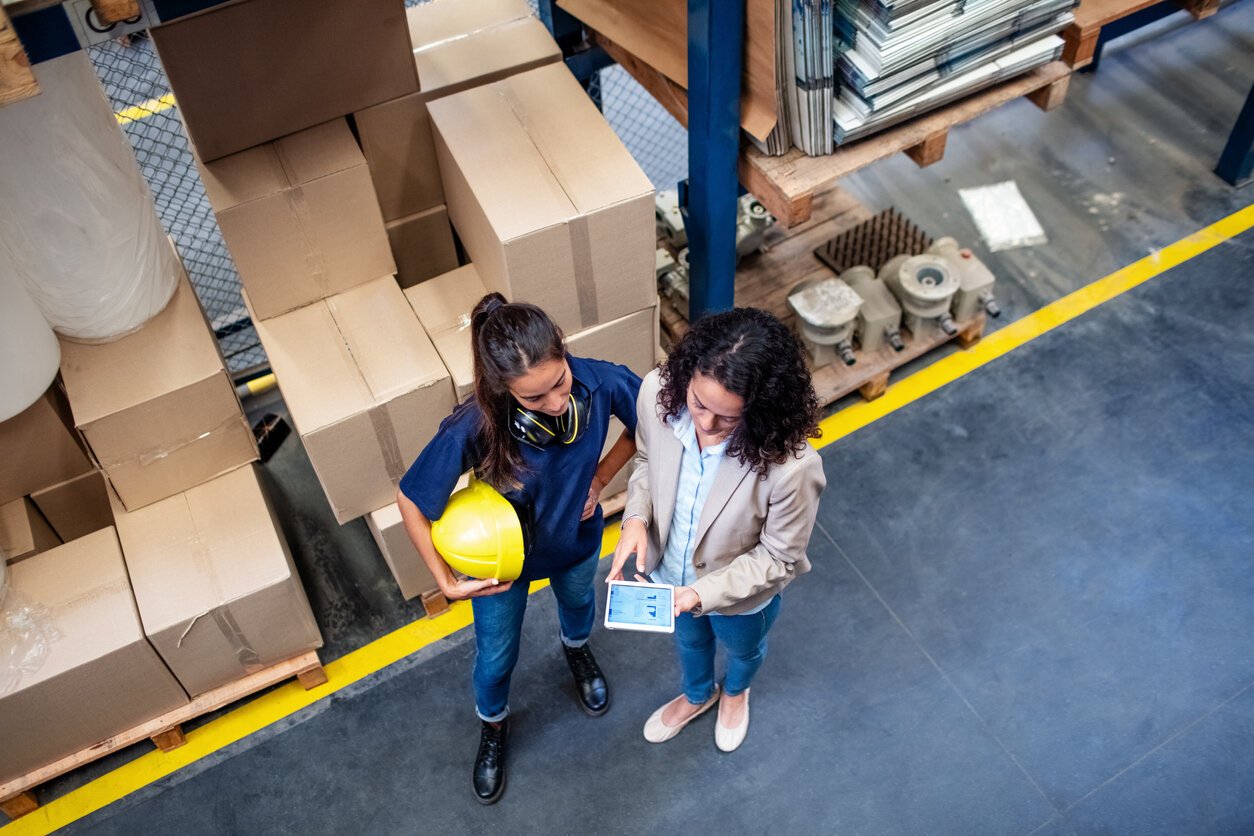5 Logistics Tactics to Win the Customer Experience Battle (12.19.23)
In an on-demand, e-commerce-driven world, customer experience is more important than ever. Here’s how logistics can make or break your customer experience strategy.
According to Forbes, 80% of companies believe they deliver excellent customer experience. In stark contrast, only 8% of customers believe they are receiving an excellent customer experience. That difference might seem alarming to business owners, but it also represents an opportunity to move to the front of the pack by delivering a better customer experience than your competitors. Doing so may be your best chance to get ahead of the competition and increase revenue.
The supply-chain represents a key way to transform your customer experience and grow your business through positive word of mouth. In the era of COVID-19, when customers increasingly rely on delivery rather than brick-and-mortar shopping, logistics can make or break your customer experience strategy. The challenges and supply chain risks may seem great, and customer expectations may appear higher than ever, but focusing on providing a better customer experience through better logistics will lead to immeasurable rewards.
In this article, we will discuss five logistics tactics that can improve the customer experience, including:
-
Customer experience versus customer service
-
Modern technology
-
Last-mile carriers
-
Putting the customer first
-
Managing customer expectations through communications
-
Key takeaways
1. Customer service versus customer experience
Customer experience — often referred to as CX — is a trendy term these days. It is used at conferences, it is the subject of white papers, and it is integral to the language surrounding B2B communications. The idea is often confused with customer service, but there is an important distinction and intersection between the two terms.
Customer service pre-dates the concept of customer experience. In fact, it pre-dates the internet. It has been a part of business since the dawn of capitalism. For this reason, it is a familiar — and hopefully important — element of operations for businesses of all sizes. Customer service means offering friendly, efficient communication and problem-solving in person, over the phone, and through digital platforms. It is the human aspect of business operations.
Customer service is a part of customer experience, but it is not the only part of customer experience. Rather, CX encompasses all facets of the experience a customer has with your business. This includes web content, a mobile-friendly website, automated email communication, advertising and the product itself. It’s everything that makes them feel good or bad about doing business with you.
Shipping and logistics are a huge part of CX in 2020.
2. Modern technology
This leads us to a key way that businesses can address the customer experience through logistics: embracing modern technology. Shipping software should be designed to integrate with your vendors and utilize data and automation to improve the customer experience. The logistics process should allow clear and regularly updated tracking, live inventory, and integration with a web platform that is user-friendly on the customer end and on the business end.
3. Last-mile carriers
The right last-mile carrier can mean the difference between earning a loyal customer and losing a first-time customer. A last-mile carrier is the most important part of a shipment’s fulfillment journey. To ensure a positive customer experience, your last-mile carriers must honor delivery windows, update tracking, vet employees for reliability and friendliness, cover a wide geographic era and offer flexible delivery options.
If your customer base expects same-week or even same-day delivery, the last mast is crucial to making that happen and delivering a positive customer experience.
4. Putting the customer first
Amazon calls this “customer obsession” for a reason. When it comes to creating a positive customer experience via logistics, it is easy to get intimidated by the competition. Amazon’s philosophy is to focus solely on the customer and forget the competition.
This is worthwhile advice for creating a better customer experience. Your business should conduct market research and solicit feedback in order to understand what customers want in terms of shipping and how you can improve.
5. Managing expectations through communication
Customers want fast delivery, which puts pressure on businesses to aim for turnaround times that are not always realistic. This costs money in the long run through unhappy customers who return products or spend their money elsewhere.
What you miss when you fall into the trap of aiming for difficult shipping goals is expectation management. Customers are not only more likely to accept slightly longer delivery times (especially during COVID-19) if they are clearly communicated, they are willing to pay a higher rate for expedited delivery. As long as expectations are managed up front and communication is maintained through each step of the delivery process, an overall positive customer experience can be achieved even with slightly longer delivery times.
Key takeaways
Focusing on the customer experience is more than just the right thing to do; it is the profitable thing to do. Your customer experience strategy will have a huge impact on your company’s bottom line, and logistics is an important piece of that puzzle.
For businesses that want to maintain control of day-to-day operations while receiving assistance with this, Resource Logistics Group can help. We offer free benchmarking analysis of LTL and FTL pricing and can translate contract language into verbiage that saves you money while making customers happy.



